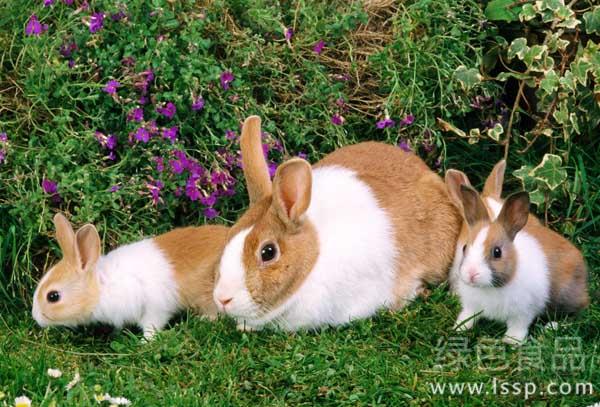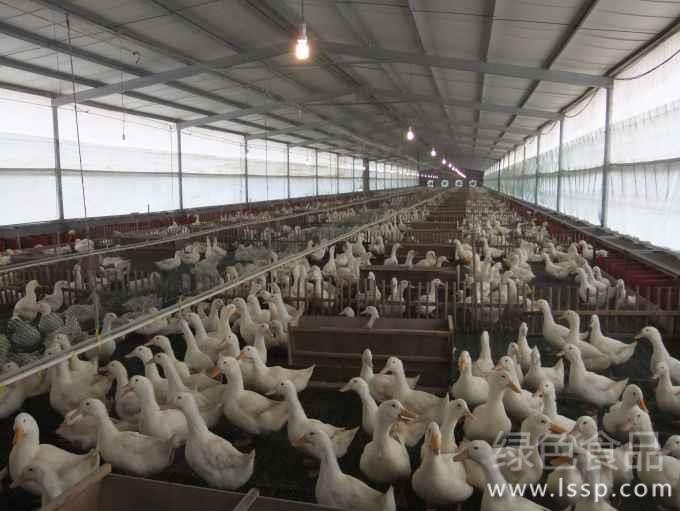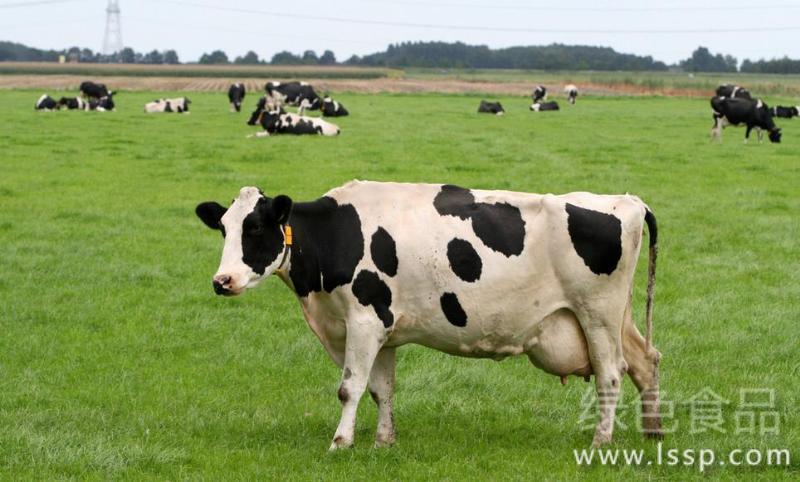Lactation female rabbits need to increase lactation how to manage lactation female rabbits well
The lactation period of female rabbits is 30-35 days from giving birth to weaning. The principles of feeding and management in this period are as follows: strengthening nutrition, improving milk production, disease prevention, timely examination and timely treatment. Therefore, the following aspects should be done well:

Female rabbit
1. Disease prevention
In order to prevent mastitis in female rabbits, the amount of concentrate should be reduced and the amount of green succulent feed should be increased 2-3 days before delivery. At the same time, one tablet of sulfadiazine or one tablet of sulfamethoxazole should be given to female rabbits every day. 400000 ~ 800000 international units of penicillin were injected intramuscularly after delivery.
two。 Nutrition should be comprehensive.
During the lactation period, female rabbits secrete 60ml milk per day, while high-yielding female rabbits can secrete milk 150ml 250ml per day, up to 300ml. Therefore, the nutrition level of female rabbits during lactation is directly related to the amount of lactation of female rabbits. During this period, the content of crude protein in the feed of female rabbits should be maintained at 17%-18%, and fed with appropriate amount of green succulent fodder, and foods containing vitamins such as malt and carrots can significantly improve the lactation of female rabbits. At the same time, the female rabbit should be provided with enough clean drinking water.
3. Timely adjust the amount of feed
The female rabbit eats less food 1-2 days after delivery, because the female rabbit eats the indigestible placenta while giving birth. Generally 3 days later to restore appetite, so 3 days ago should be fed more succulent feed, and then gradually increase the amount of feeding. When the milk yield of the female rabbit reaches the peak 10-15 days after delivery, the feeding amount of the female rabbit should be satisfied, the feed should be sufficient, and the drinking water should be timely. About 5 days before weaning, it is necessary to appropriately reduce the amount of feed, otherwise mastitis is easy to occur. In addition, the dietary level of female rabbits should be adjusted according to the feces and urine of young rabbits. In front of the baby rabbit, most of the milk is absorbed, and the feces and urine are very little, indicating that the feeding amount of the female rabbit is normal. If there is a lot of urine in the production box, it means that there is too much succulent feed; if the baby rabbit has more feces and less urine, it means that the concentrate feed of the female rabbit is too much, and the amount of green succulent feed is too little.
Rabbit
4. Check the lactation condition in time
If the mother rabbit produces milk vigorously, the baby rabbit has a round abdomen after eating, the skin color is ruddy and bright, and sleeps peacefully; on the contrary, the rabbit skin is gray, the ears are pale, the abdomen is narrow, the skin is wrinkled everywhere, and sometimes it makes a "squeak" cry, resulting in great differences in individual development, sometimes diarrhea or constipation. If the female rabbit is not breast-fed and needs artificial subsidy for breast-feeding, the female rabbit will be fed automatically after 3-4 days of training. If the female rabbit has no milk or insufficient milk, immediately feed the female rabbit soybean milk, rice soup or mineral water, and add green succulent feed such as carrots, bitter amaranth, cauliflower leaves, dandelion and so on. At the same time, prolactin needles or oral prolactin tablets can also be injected intramuscularly. If it is found that there is a lump in the breast of the female rabbit and there are red, swollen and scorched spots on the nipple, it should be treated in time to avoid eating the milk in the inflamed breast, sepsis or xanthuria.
5. Regular breast feeding
During the period of lactation, female rabbits should develop the rule of regular breast feeding, which can reduce the occurrence of mastitis and promote the normal growth and development of young rabbits. Under normal circumstances, female rabbits are breast-fed twice a day, that is, once in the morning and once in the evening; individual female rabbits are breast-fed once a day, and breast-feeding during delivery; after opening their eyes, the breast-feeding amount and lactation times of female rabbits increase to 3 times until the baby rabbits are weaned.
- Prev

How to raise ducks with greenhouse scaffolding with less epidemic disease and high benefit?
How to raise ducks with greenhouse scaffolding with less epidemic disease and high benefit?
- Next

How to prevent and treat Postpartum Breast Edema in Dairy cows
How to prevent and treat Postpartum Breast Edema in Dairy cows
Related
- On the eggshell is a badge full of pride. British Poultry Egg Market and Consumer observation
- British study: 72% of Britons are willing to buy native eggs raised by insects
- Guidelines for friendly egg production revised the increase of space in chicken sheds can not be forced to change feathers and lay eggs.
- Risk of delay in customs clearance Australia suspends lobster exports to China
- Pig semen-the Vector of virus Transmission (4)
- Pig semen-the Vector of virus Transmission (3)
- Five common causes of difficult control of classical swine fever in clinic and their countermeasures
- Foot-and-mouth disease is the most effective way to prevent it!
- PED is the number one killer of piglets and has to be guarded against in autumn and winter.
- What is "yellow fat pig"? Have you ever heard the pig collector talk about "yellow fat pig"?

